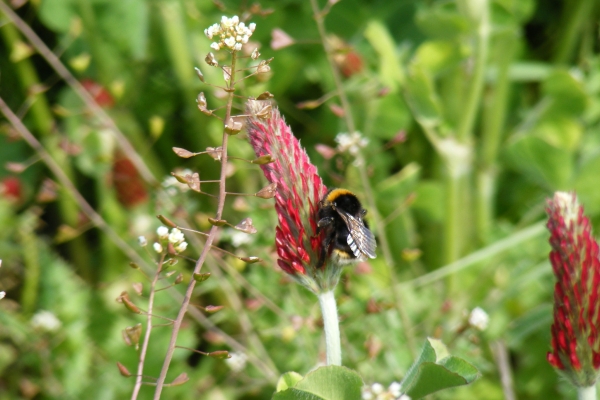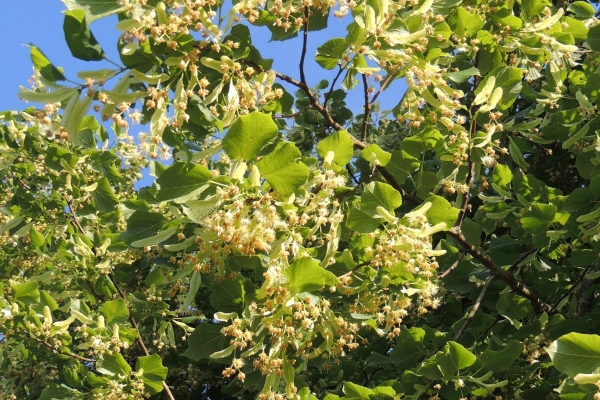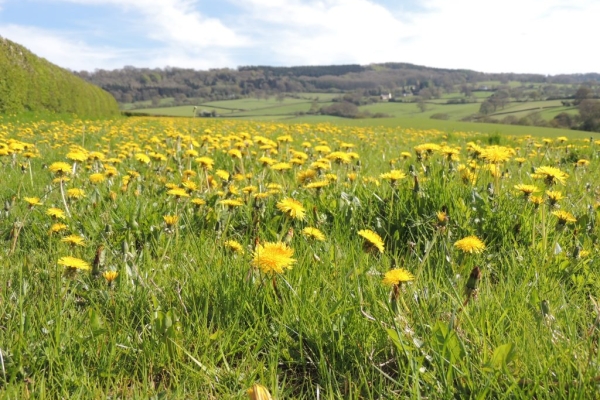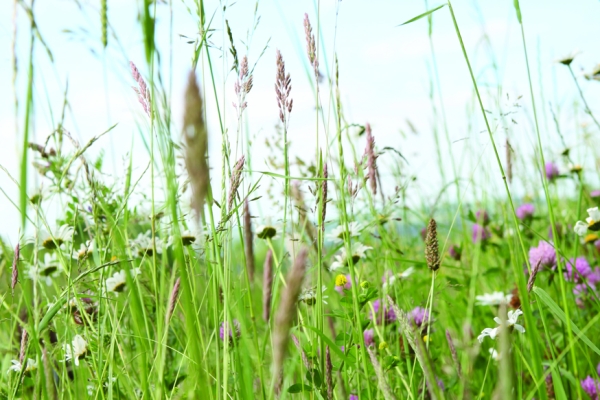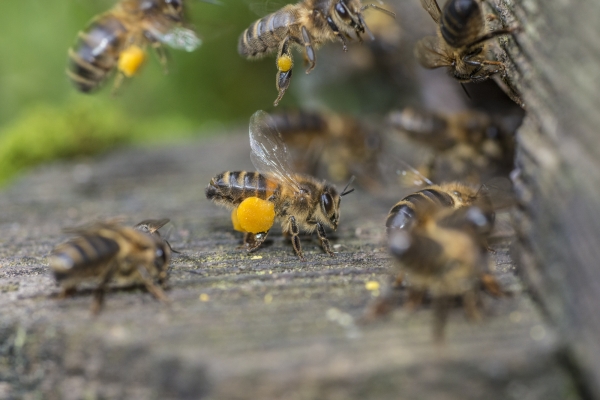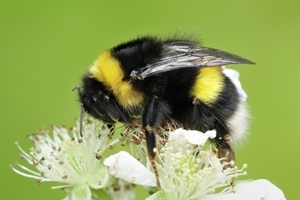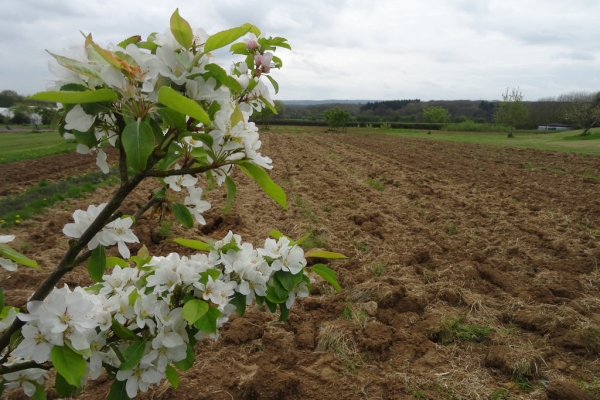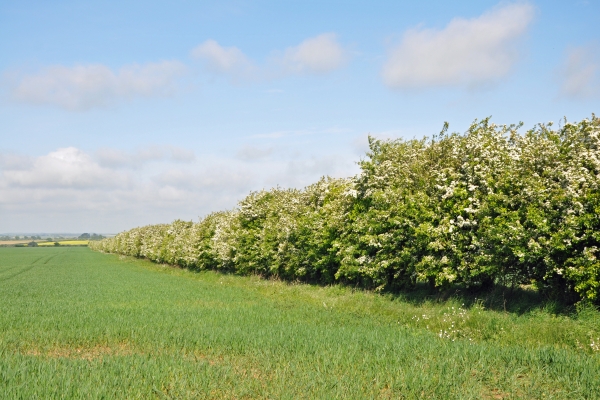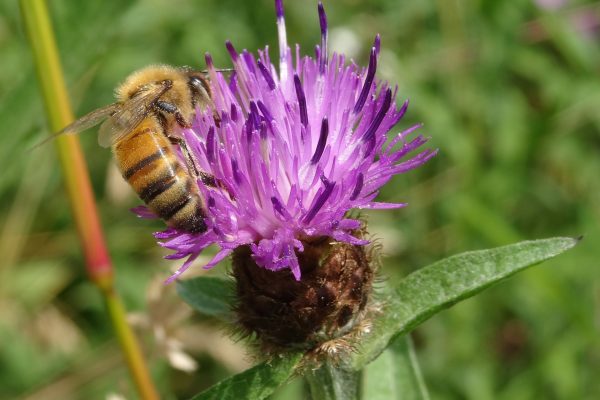Bees’ Needs – food and a home
A call to action for our pollinators
Resource explained
This is a section of The Wildlife Trusts website that is hosted for the Department for Environment, Food and Rural Affairs (Defra), in support of the Government’s National Pollinator Strategy.
It is explained that their “Call to Action” seeks to address the damage caused by changes in the landscape over the last fifty years that has caused loss of food and shelter for pollinators.
From this web page you can access ‘5 Simple Actions’ you can take to help meet “Bees’ Needs” and various case studies showing examples of where these actions have been put in to practice by organisations trying to help pollinators to thrive.
You can also access Defra’s home page for the National Pollinator Strategy, information on Pollinator Awareness Week (a week dedicated to encouraging everyone to take action to support pollinators), advisory sheets for land managers, and the Bees’ Needs video animation.
Findings & recommendations
- Insect pollinators are hugely important within our ecosystem; they increase biodiversity through pollinating our wild and garden plants and provide variety in our diets through pollinating crops.
- At least 1500 species of insects pollinate plants in the UK and they all have complex life cycles and specific needs. Changes to the landscape and the ways in which land is managed have affected the capacity of insect pollinators to find the food and shelter they need.
- We can all play a part in helping our valuable insect pollinators by taking a few simple actions, by learning from what other individuals and organisations are doing, and by following advice on practical steps that can be carried out.
- This web page offers tools that can equip us all with information to make some informed land management decisions and put them in to practice. Of the advisory sheets for land managers that can be accessed, two of particular note are Defra’s ‘Tailored advice on managing land for pollinators: Agriculture’, and ‘Tailored advice on managing land for pollinators: Woodlands.’



